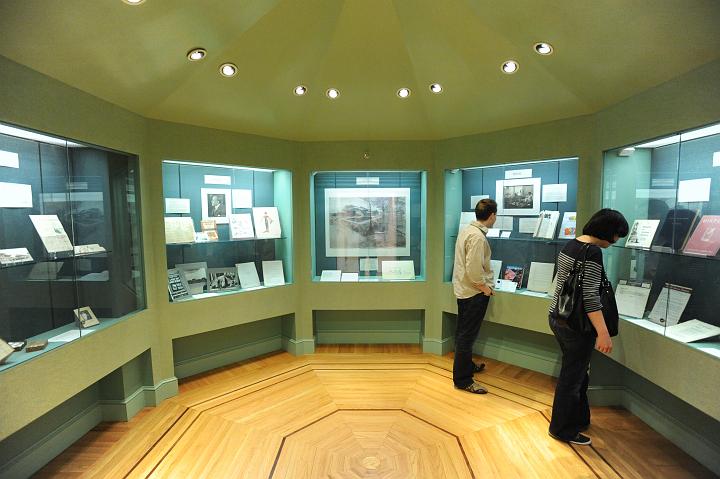Search Results
2 results
1 result
Manz, Beatriz (anthropologist), 1984 Box 337, Folder 3
2 results
2 results
"Crime and the Anthropologist: An Historical Postscript,", 1982-1984 Box 315, Folder 4
"Crime and the Anthropologist" / M.Ashley Montagu, 1940, 1984, 1940, 1984 Box 300, Folder 14
1 result
1 result
No additional results
1 result
